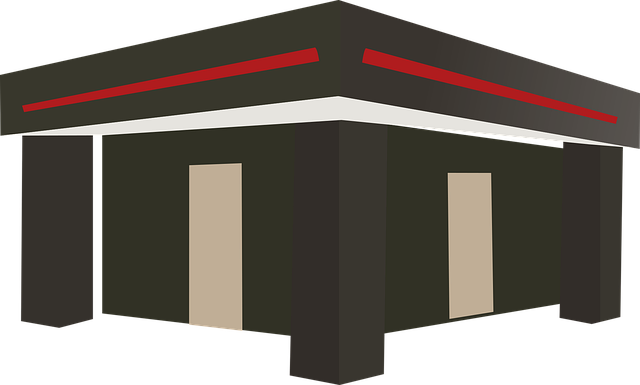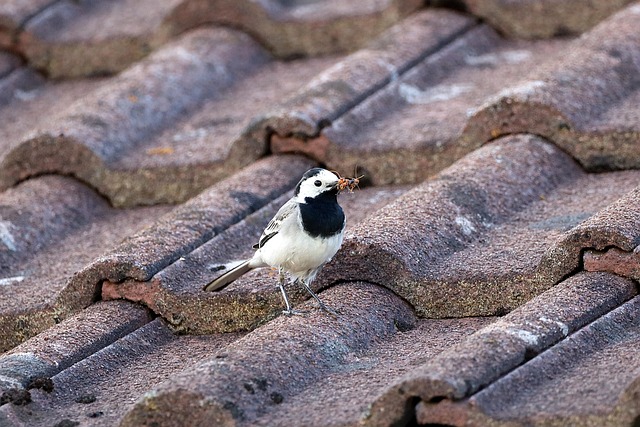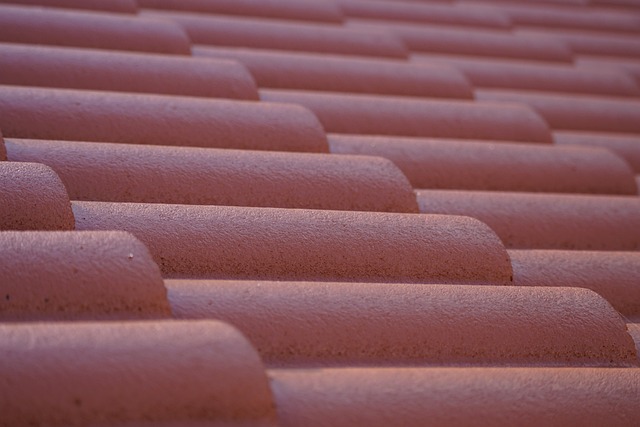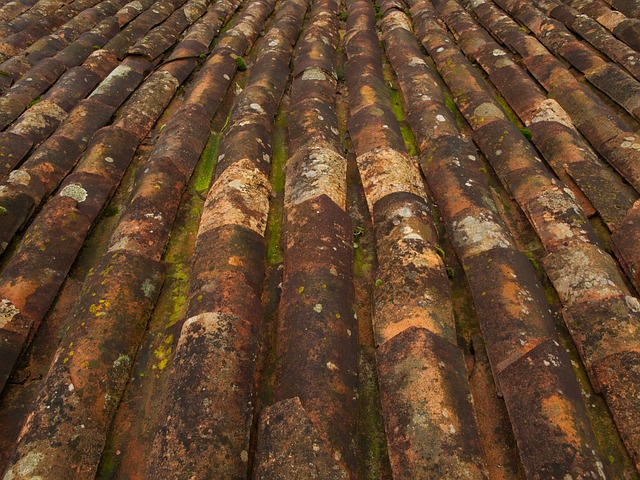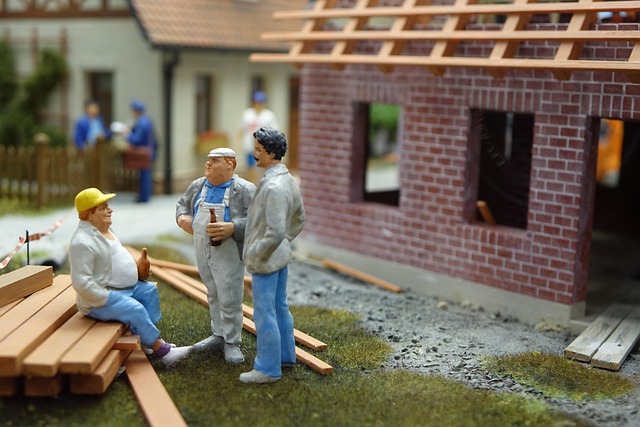Eugene, Oregon, embraces sustainable roofing with green roofs and solar panels for environmental and economic benefits. Choosing a certified contractor with eco-friendly materials and positive reviews is crucial. Green roofs improve insulation, reduce energy costs, withstand weather, and contribute to conservation efforts, making them an attractive option for both aesthetic and ecological reasons.
Discover the top green roofing contractors in Eugene, Oregon, leading the way in sustainable roofing solutions. This comprehensive guide explores the benefits of eco-friendly roofs for local homes and businesses, highlighting innovative materials and design strategies. From exploring various sustainable roofing options to understanding the installation process, this article covers everything you need to know about embracing a greener future with enhanced energy efficiency and reduced environmental impact.
- Exploring Sustainable Roofing Options in Eugene
- Top Green Roofing Contractors: A Comprehensive Guide
- Benefits of Eco-Friendly Roofs for Local Homes
- Installation Process: Expert Tips and Best Practices
Exploring Sustainable Roofing Options in Eugene
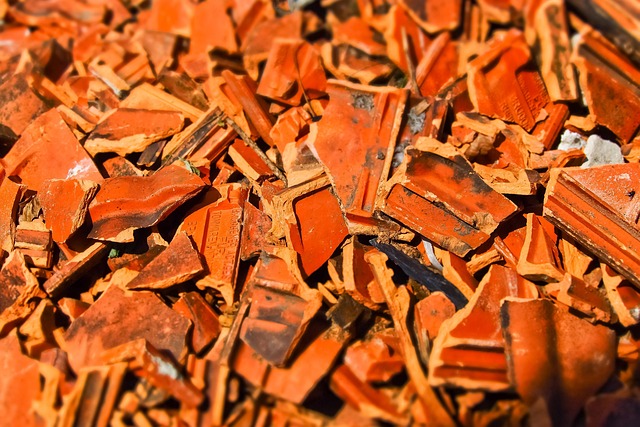
In the heart of Oregon, Eugene stands out as a city that embraces sustainability, and this ethos extends to its roofing options. Exploring sustainable roofing in Eugene opens up a world of eco-friendly choices designed not just to protect your property but also contribute positively to the local environment. These include green roofs, which are designed to mimic natural ecosystems, complete with plants and vegetation that help insulate buildings, reduce urban heat islands, and improve air quality.
Additionally, many Eugene roofing contractors now offer solar panels as an integral part of their sustainable roofing packages. Solar energy not only reduces carbon footprints but also lowers utility bills for homeowners. Combining these innovations creates a symbiotic relationship between your home or business and the environment, showcasing a commitment to living more sustainably in the beautiful Pacific Northwest.
Top Green Roofing Contractors: A Comprehensive Guide
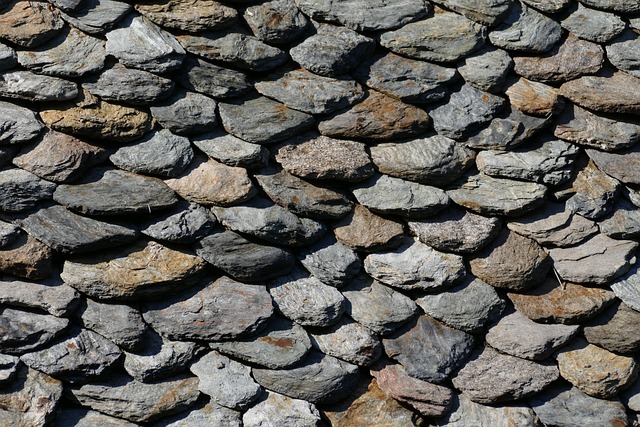
When considering a green roofing project in Eugene, Oregon, choosing the right contractor is paramount. A top-tier sustainable roofing contractor not only possesses specialized knowledge and experience but also aligns with your environmental values. Look for professionals dedicated to using eco-friendly materials and implementing energy-efficient design principles.
This comprehensive guide aims to help you navigate the selection process by highlighting key factors to consider, such as certifications, material offerings, project portfolio, and customer reviews. By carefully evaluating these aspects, you can ensure a successful green roofing installation that not only enhances your property’s aesthetics but also contributes to a more sustainable future.
Benefits of Eco-Friendly Roofs for Local Homes
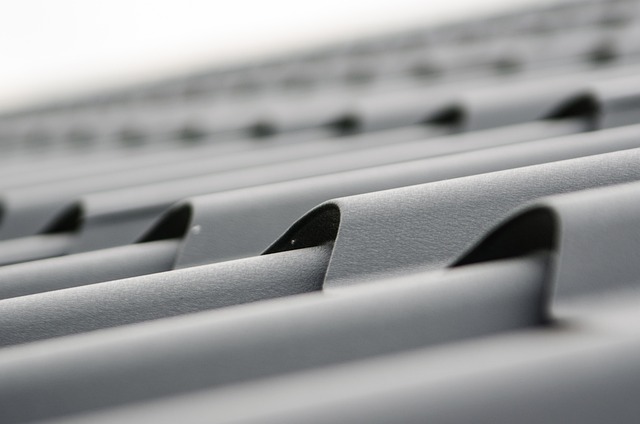
Green roofs are becoming an increasingly popular choice for homeowners in Eugene, Oregon, and for good reason. Eco-friendly roofs offer a range of benefits that go beyond aesthetics. By installing sustainable roofing systems, local residents can contribute to environmental conservation while enhancing their homes’ energy efficiency.
One of the key advantages is improved insulation, which reduces heating and cooling costs. These roofs also help mitigate urban heat islands by reflecting sunlight, thereby decreasing the need for air conditioning. Additionally, sustainable roofing materials are designed to withstand harsh weather conditions, ensuring longer-lasting protection for homes. This not only saves money in the long run but also minimizes waste as many green roof systems can be recycled or reused.
Installation Process: Expert Tips and Best Practices
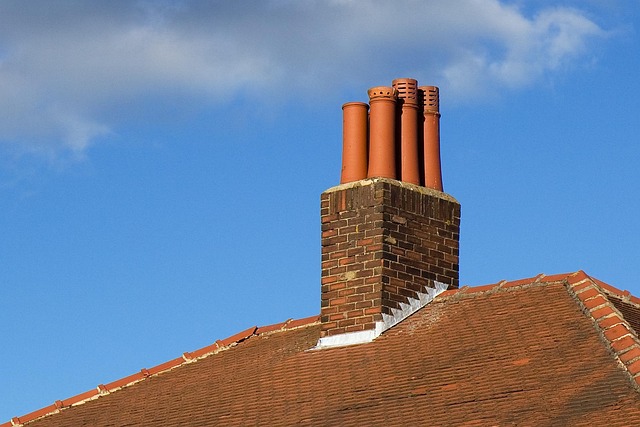
The installation process for green roofs involves several key steps, each crucial for ensuring their longevity and environmental effectiveness. Experts recommend starting with a thorough inspection to evaluate the structure’s load-bearing capacity and choose an appropriate system type—extensive or intensive—based on design preferences and local climate conditions.
Next, preparing the roof deck is essential. This includes installing a water-proof membrane, a root barrier to prevent plant roots from infiltrating building components, and a drainage layer to allow excess water to escape. The final steps involve planting the chosen vegetation mix, which can range from native grasses and wildflowers to more structured intensive systems with larger plants and even small trees. Following best practices ensures that the green roof not only enhances the building’s energy efficiency and sustainability but also provides a thriving ecosystem right in the heart of urban environments.
